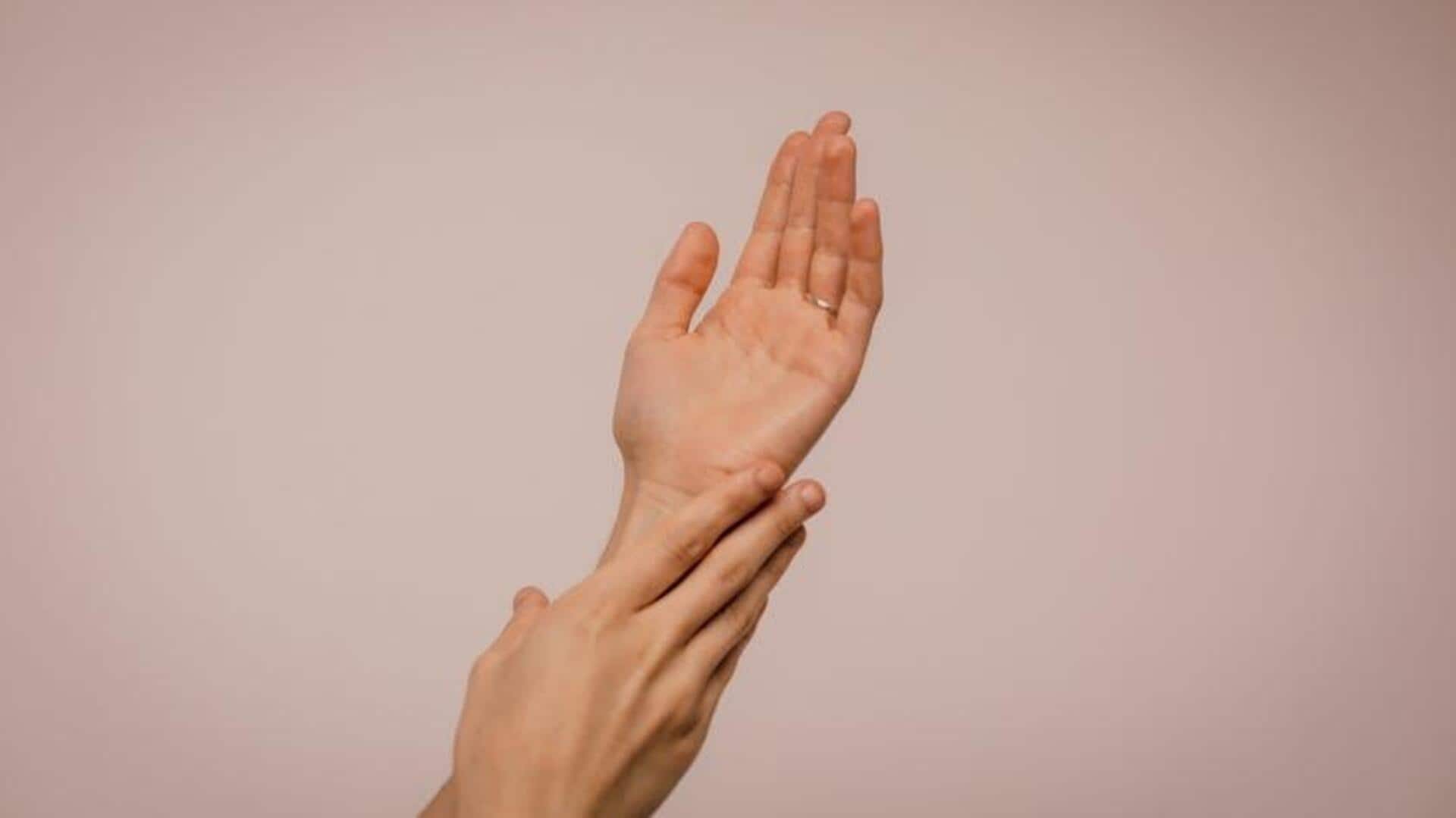Sun's Damaging Rays
Sunscreen acts as a critical barrier, shielding the skin from the sun's dangerous ultraviolet (UV) radiation. The sun emits two main types of UV rays:
UVA and UVB. UVA rays contribute to premature aging and wrinkles, penetrating deep into the skin. UVB rays are primarily responsible for sunburn and also play a role in skin cancer development. Both UVA and UVB rays can damage the skin's DNA, leading to cellular damage that can accelerate aging and increase the risk of various skin conditions. Regular use of sunscreen is crucial to protect against these damaging effects, as it significantly reduces the amount of UV radiation that reaches the skin. Exposure to these rays can also cause sunspots. Consistent use of sunscreen is essential, especially for individuals exposed to the sun for extended periods or with fair skin, to prevent long-term skin damage and maintain healthy skin.
Why Reapplication Matters
Applying sunscreen once a day is insufficient to provide comprehensive protection. The effectiveness of sunscreen diminishes over time due to several factors. When exposed to sunlight, sunscreen's active ingredients break down. Furthermore, activities like swimming, sweating, or even wiping your face can remove sunscreen from the skin. Experts often recommend reapplying sunscreen every two hours, or more frequently if swimming or sweating. This ensures that the protective barrier remains intact and continues to effectively filter out harmful UV rays. Reapplication helps maintain the SPF (Sun Protection Factor) rating and protects against both UVA and UVB rays. Moreover, using the right amount of sunscreen is important. Generally, a sufficient amount is about one ounce (a shot glass full) for the entire body. Making sunscreen reapplication a regular part of your daily routine is crucial for optimal sun protection and maintaining healthy skin.
Choosing the Right Sunscreen
Selecting the appropriate sunscreen involves considering several key factors to ensure effective protection. First, look for a broad-spectrum sunscreen that protects against both UVA and UVB rays. Second, the SPF (Sun Protection Factor) is important. An SPF of 30 or higher is generally recommended for daily use. However, consider an SPF of 50 or higher if you spend long periods outdoors or have a history of sun sensitivity. Furthermore, consider your skin type when choosing a sunscreen. Individuals with sensitive skin should opt for mineral-based sunscreens containing zinc oxide or titanium dioxide, which are less likely to cause irritation. Those with oily skin may prefer oil-free or gel-based formulas to avoid clogged pores. Considering these factors will help you select a sunscreen that provides optimal protection and is suitable for your skin's unique needs.
Expert Sun Protection Tips
Supplementing sunscreen with other sun-protective measures can significantly enhance your skin's defense against sun damage. Seek shade, particularly during the peak hours of sunlight (typically between 10 a.m. and 4 p.m.). Wearing protective clothing, such as long sleeves, pants, and a wide-brimmed hat, can further minimize sun exposure. Remember that sunspots can be treated with proper care and maintenance. Additionally, applying sunscreen even on cloudy days is necessary. Since UV rays can penetrate through clouds. Using sunscreen consistently, combined with these additional protective strategies, creates a robust barrier against the sun's harmful effects, helping to maintain healthy skin and reduce the risk of long-term sun damage. Taking proactive steps to protect the skin is essential, promoting long-term skin health and well-being.






